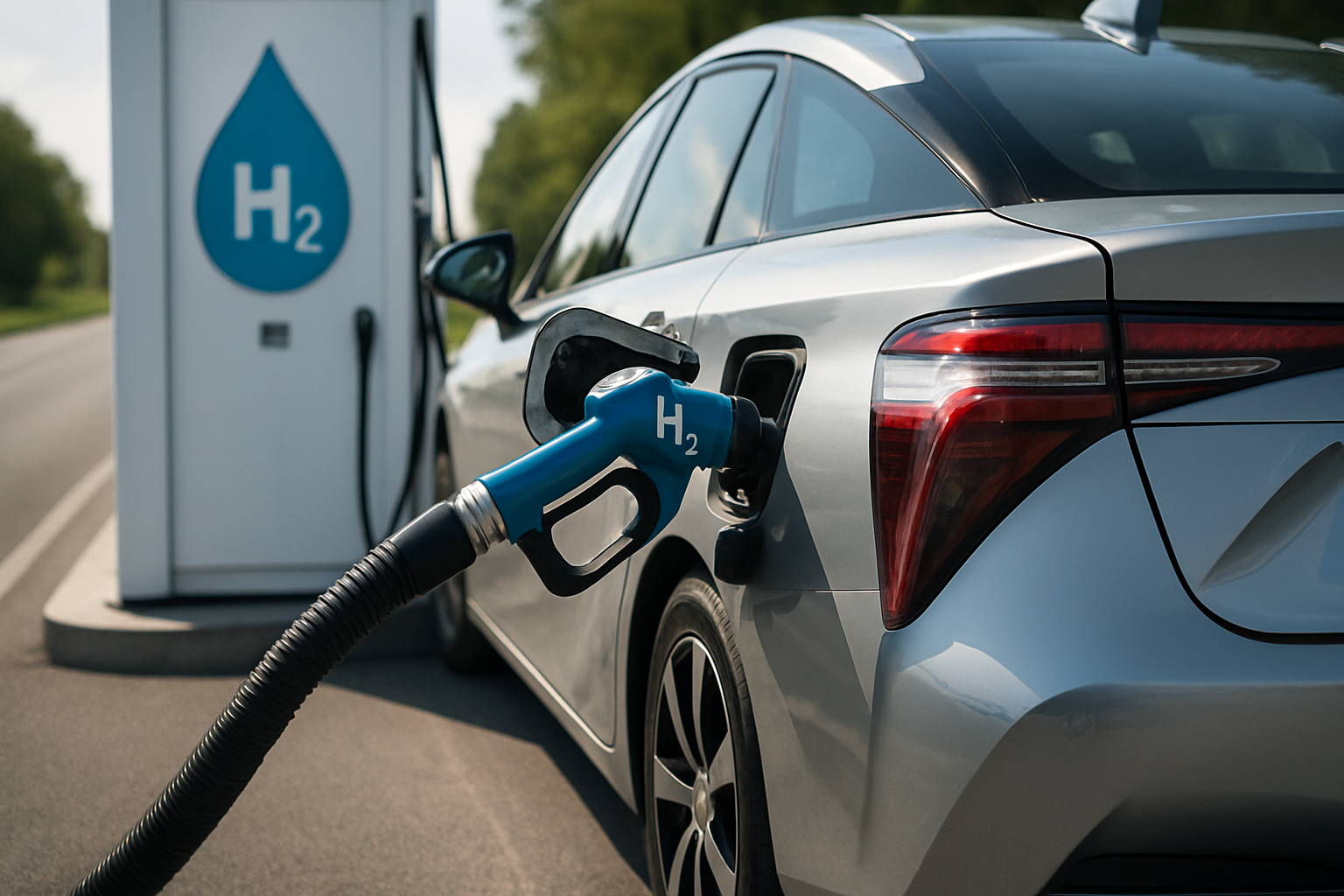Hydrogen-Powered Internal Combustion Engines: A Promising Alternative
Imagine cruising down the highway in a car that emits nothing but water vapor, yet still delivers the satisfying roar of a traditional internal combustion engine. This isn't science fiction—it's the potential future of automotive technology with hydrogen-powered internal combustion engines. As the automotive industry seeks cleaner alternatives to fossil fuels, this innovative approach combines the familiarity of conventional engines with the environmental benefits of hydrogen fuel.

How Hydrogen Combustion Engines Work
Hydrogen-powered internal combustion engines operate on the same basic principles as gasoline engines. The key difference lies in the fuel. Hydrogen is injected into the combustion chamber, where it mixes with air and is ignited by spark plugs. The resulting explosion drives the pistons, creating mechanical energy to power the vehicle. The most significant advantage of this process is that the only byproduct is water vapor, making it a zero-emission solution at the point of use.
Advantages Over Traditional Fuel Sources
One of the most compelling aspects of hydrogen combustion engines is their environmental friendliness. Unlike fossil fuels, hydrogen produces no carbon dioxide or other greenhouse gases when burned. This makes it an attractive option for reducing the carbon footprint of the transportation sector. Additionally, hydrogen can be produced from various sources, including renewable energy, potentially creating a sustainable fuel cycle.
Technical Challenges and Solutions
While promising, hydrogen combustion engines face several technical hurdles. One significant challenge is the risk of pre-ignition and knocking due to hydrogen’s low ignition energy. Engineers have developed advanced injection systems and modified engine designs to address this issue. Another concern is the storage of hydrogen, which requires high-pressure tanks or cryogenic systems. Ongoing research is focused on developing safer, more efficient storage solutions to make hydrogen-powered vehicles more practical for everyday use.
The Road Ahead: Industry Adoption and Infrastructure
Despite the potential benefits, widespread adoption of hydrogen combustion engines faces significant obstacles. The lack of hydrogen refueling infrastructure is a major barrier, requiring substantial investment to establish a network comparable to existing gas stations. However, some automakers are taking the lead in developing hydrogen-powered vehicles, recognizing the technology’s potential to complement battery electric vehicles in the transition to sustainable transportation.
Comparison with Fuel Cell Technology
It’s important to distinguish hydrogen combustion engines from hydrogen fuel cells. While both use hydrogen as fuel, fuel cells generate electricity through a chemical reaction, powering an electric motor. Combustion engines, on the other hand, burn hydrogen directly. Each approach has its advantages: fuel cells are more efficient, but combustion engines are simpler, potentially more durable, and offer a driving experience more familiar to consumers accustomed to traditional vehicles.
Environmental Considerations
While hydrogen combustion engines produce zero emissions at the tailpipe, the environmental impact of hydrogen production must be considered. Currently, most hydrogen is produced from natural gas, which does generate carbon emissions. However, as renewable energy becomes more prevalent, the potential for truly green hydrogen production increases. This could lead to a significant reduction in the overall carbon footprint of hydrogen-powered vehicles.
The Role in Future Mobility
Hydrogen combustion engines could play a crucial role in the future of mobility, particularly in sectors where battery electric vehicles face limitations. Long-haul trucking, marine transport, and even aviation could benefit from the high energy density and quick refueling capabilities of hydrogen. As the technology matures and infrastructure develops, we may see hydrogen-powered vehicles becoming an integral part of a diverse, sustainable transportation ecosystem.
Conclusion
Hydrogen-powered internal combustion engines represent an intriguing bridge between traditional automotive technology and a zero-emission future. By combining the familiar aspects of combustion engines with the clean-burning properties of hydrogen, this technology offers a unique solution to the challenges of sustainable transportation. While significant hurdles remain, ongoing research and development could pave the way for hydrogen to become a key player in the automotive landscape of tomorrow. As we continue to explore alternatives to fossil fuels, hydrogen combustion engines stand out as a promising option that merits further investigation and investment.





